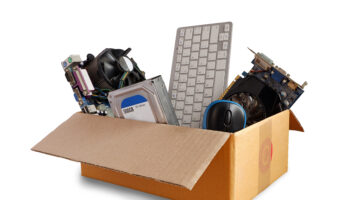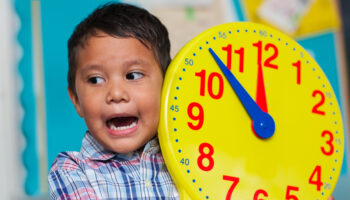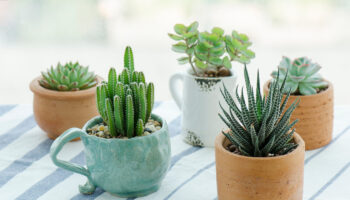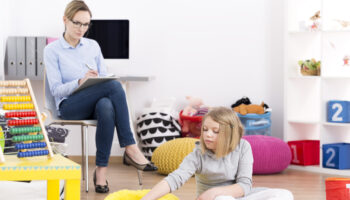Beth Simon
*Before conducting the experiments below, make sure to check with parents and guardians about children’s allergies.
Hands-on activities and experiments are a great activity to build into your curriculum. What do hands-on experiments teach children? Well, a lot of things. They will learn how to build a hypothesis or prediction of what will happen. They will learn how to make observations and depending on age, take notes and keep a log of what was observed. They will learn the concept of trial and error. They will learn reasoning, problem-solving, negotiation, communication, technology, and social skills. Personally, most of my memories of learning as a young child were during those activities when I could get up, move around, and contribute first-hand to the project.
These experiments are simple, cheap, and can be conducted in several variations depending on your resources. The basis of the experiment is simple…growing mold. You might say to yourself, “Heck! I do this without even trying.” You can follow the links below to two versions of the experiment. In the first, you’ll observe various types of bread (white, wheat, rye, etc. or any that you can get your hands on) to see which bread type will mold the fastest. The second experiment looks at hand washing and how fast bread molds if the bread is touched by freshly washed hands versus when the bread is placed on various shared surfaces/items in the classroom that may not be cleaned regularly (i.e., the art table, the computer, the garbage can lid, etc.). You may also want to try the processed bread versus homemade bread mold experiment. In this variation, you compare the rate at which mold grows on processed white bread versus homemade bread. With this experiment you can talk about the additives and preservatives that are added to foods that make them last longer and have a longer shelf life; topics probably best discussed with school-age children. You know your children best, so you can adjust the experiments to best suit the developmental level of the children in your class.
I’ll leave the logistics of the experiment up to you. You can decide whether you want to do this as a whole class project, a project for small groups, or one to do individually. As you’re conducting the experiment, remember to document children’s discoveries by taking photos, videos, and capturing their predictions in writing. Things you may want to have on-hand during the experiment are gloves, safety goggles, resealable plastic bags, tweezers or tongs, magnifying glasses, and microscopes.
Some conversation starters and prompts to use with your children:
- Tell me what you know about…
- Why do you think…?
- What do you think will happen if…?
- Why do you think that will happen?
- What do you expect to see? Smell? Feel?
Don’t forget to wrap up the experiment by allowing children to share out what they thought would happen in the beginning versus the actual results. They might be surprised to see how their way of thinking changed throughout the course of the experiment.
Experiment Links:
Bread Mold Facts
Which Bread Molds the Fastest Experiment Outline
Mold & Hand Washing Experiment




